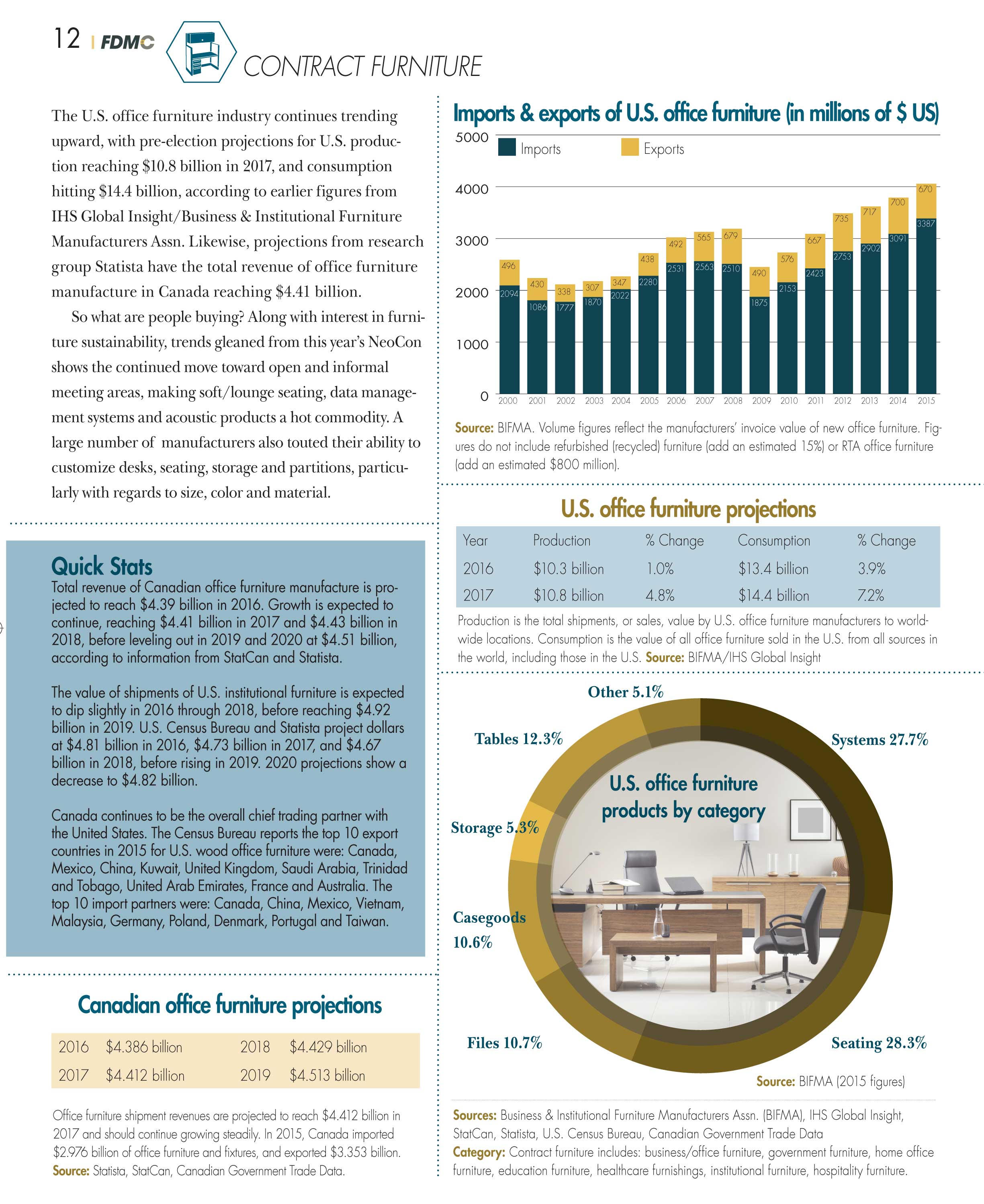Detailed Handbook On Refurbishing Antique Cabinets
Detailed Handbook On Refurbishing Antique Cabinets
Blog Article
Web Content Author-Justice Westermann
To start the trip of restoring antique cabinets, you require a keen eye for information. Think of discovering hidden secrets within each layer of background ingrained in the timber. Picture the fulfillment of revitalizing a once-forgotten piece to its previous splendor. Every step of this precise procedure holds the essential to maintaining the past while developing a future heirloom. So, are you all set to start this transformative undertaking and unlock the possibility of your antique cabinets?
Analyzing the Cupboard's Problem
When starting the restoration process, beginning by examining the condition of the antique cabinet. Very carefully take a look at the overall framework for any type of indicators of damages such as fractures, chips, or loosened joints. Inspect the timber for any kind of rot, bending, or insect infestation that might have occurred over time. It's vital to identify the level of the remediation required prior to proceeding further.
Next, check the closet's hardware such as hinges, handles, and locks. Make note of any kind of missing out on pieces or parts that require repair work or substitute. Make sure that all hardware is functioning correctly and securely affixed to the cupboard.
In addition, examine the closet's finish. Look for any kind of scrapes, discolorations, or discoloration that may affect the visual charm. Determine if the surface requires to be removed and reapplied or if a straightforward touch-up will be sufficient.
Collecting the Essential Devices and Materials
After analyzing the problem of the antique cabinet, the next step is to collect the needed devices and materials for the remediation procedure. Before you begin, ensure you have the following things accessible:
- wood cleaner
- sandpaper in various grits
- timber filler
- paint or wood stain
- brushes
- handwear covers
- safety and security goggles
- a dust mask
- a drop cloth
- a putty knife
- a hammer
- a screwdriver
- a vacuum cleaner
These tools and materials are essential for a successful repair.
Timber cleaner is vital for eliminating years of dust and gunk build-up, preparing the surface area for fining sand. https://virtualkitchenremodel89322.webbuzzfeed.com/28332437/enter-a-realm-of-outstanding-creativity-and-customized-craftsmanship-with-a-knowledgeable-artisan-concentrating-on-custom-cabinetry-changing-your-living-locations-right-into-sensible-work-of-arts of various grits assists in raveling flaws and preparing the wood for a brand-new surface. Timber filler is handy for fixing any kind of splits, openings, or damages existing in the cupboard.
Repaint or wood stain, together with brushes, enable you to customize the closet to your preference. Keep in mind to use gloves, safety goggles, and a dust mask for security. Set a ground cloth to safeguard your work area, and utilize a vacuum to clean up any particles.
With these devices and materials collected, you prepare to start the restoration procedure.
Executing the Remediation Refine
To successfully implement the reconstruction procedure on your antique closet, start by thoroughly cleaning up the surface with the wood cleaner. https://www.wfaa.com/article/news/local/investigates/texans-ripped-off-bad-good-contractors-repairs-home-renovation/287-cb14f967-9945-47f9-97dd-bcaa2354fd02 is vital as it aids remove years of dirt, crud, and old polish that might have collected on the surface.
As soon as the cupboard is clean and completely dry, evaluate the condition of the wood. Try to find any splits, scrapes, or various other problems that need to be resolved. Use wood filler to fix any kind of flaws, making sure to match the filler shade to the timber tone for a smooth coating.
After the repair services have dried out, gently sand the entire surface to create a smooth and also base for the new surface. Beware not to sand too aggressively, as you do not intend to damage the timber below.
When the sanding is total, use a wood discolor or finish of your selection, complying with the manufacturer's guidelines. Allow the surface to dry completely prior to using a safety top layer to ensure the longevity of your brought back antique closet.
Conclusion
Since you have actually finished the remediation process, your antique closet looks as good as new.
By following the step-by-step overview, you had the ability to assess, repair, and enhance its problem easily.
With a fresh surface and safety top layer, your treasured piece will remain to beam for many years to come.
Delight in the appeal of your restored antique cupboard!
